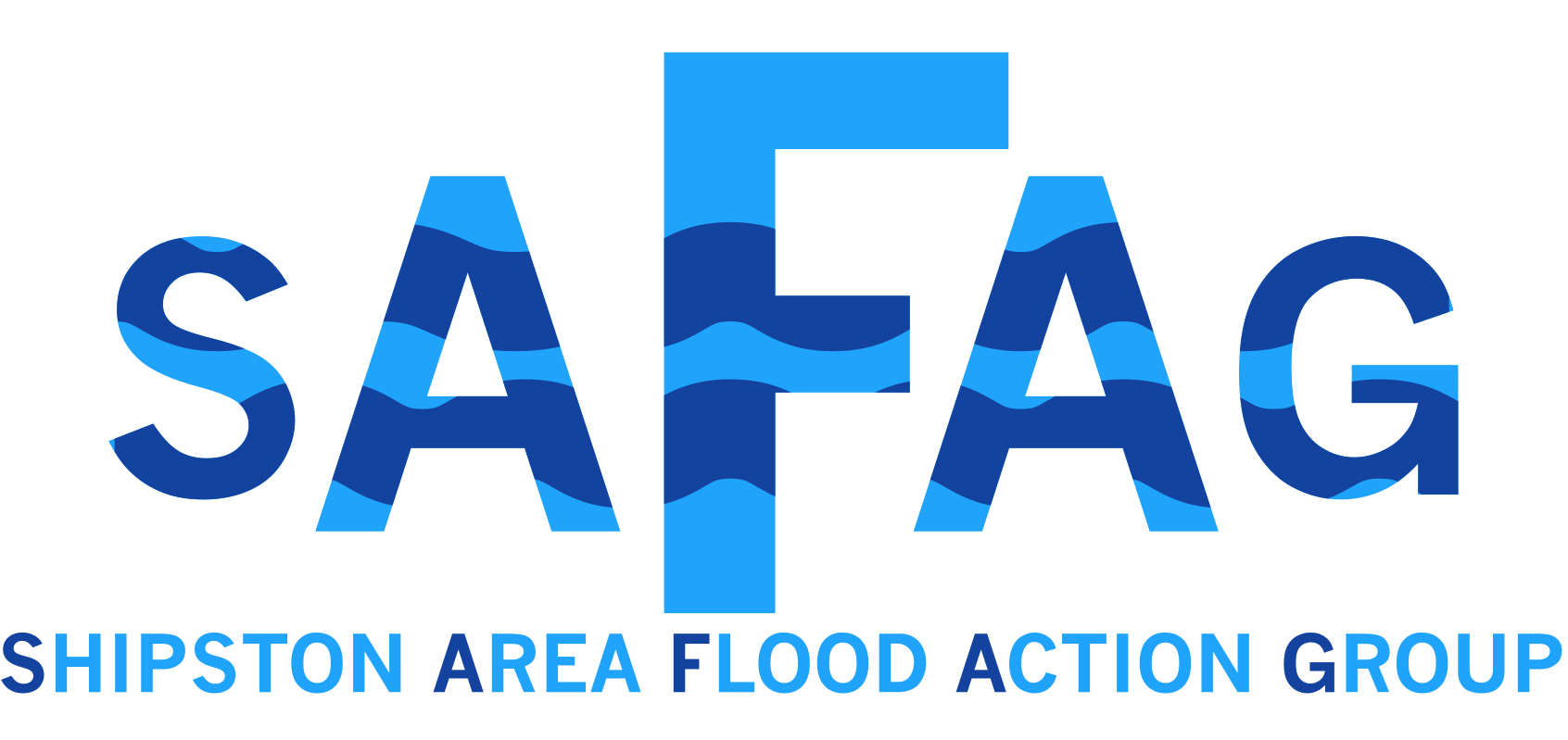The Flood and Coastal Erosion Risk Management Research and Development Programme at the Environment Agency published this document on April 4th citing the success of pilot programmes to install Natural Flood Management features that are estimated to have created 1.6 million cubic metres of water storage (about the equivalent of around 670 Olympic size swimming pools (Environment Agency, 2022). Citing a number of examples of successful projects, SAFAG’s work was highlighted:


We are pleased that the Environment Agency continues to recognise and support the work we do. We are now adding community outreach and education to our activities, alongside supporting landowners who wish to participate in slowing the flow of the Stour, and maintaining the existing installations we have previously installed.
Long term for SAFAG, Shipston, and all flood affected communities and infrastructure: if climate change brings anything, it is much greater uncertainty about weather and its seasonal variations. A long dry spell broken by record rainfall can quickly overwhelm some NFMs and fill others over capacity. Our goal remains that whatever the conditions, we need to keep the Stour below 3.7 meters for three hours at peak. Over the next decade, we may find that the NFMs are insufficient for achieving this given the volume of precipitation. We may need to radically upgrade existing installations or adopt other flood retention strategies that fit our ecology and are acceptable to landowners. SAFAG’s work then is, and must be, community-based, ongoing, and generational. We must continue adapting our immediate environment as part of adapting to a new environment under climate change.
In the Middle Ages, fire in a village or town could be catastrophic since there was no fire service. The only way to stop the fire was if all your neighbours pitched in to haul pails of water and put it out themselves, as a community. It might be useful to think of flooding today in the same way. A huge amount of fast flowing water can do massive damage to vital infrastructure, and to our homes and businesses. A person living up the hill might not get flooded, but they won’t have a shop to buy groceries if that shop does, and they may not be able to drive to another town if the roads are cut off. When ambulances can’t get through flooding can quickly become a life threatening problem. We are working to help residents in our community understand the seriousness of the threat of flooding, to do what they can to protect themselves and be ready for emergencies, and to stay alert.


Comments are closed.